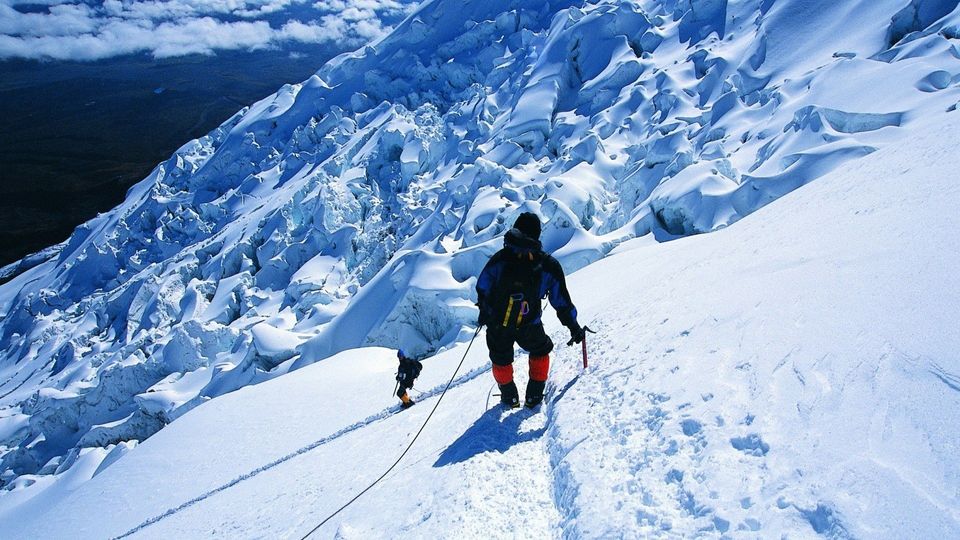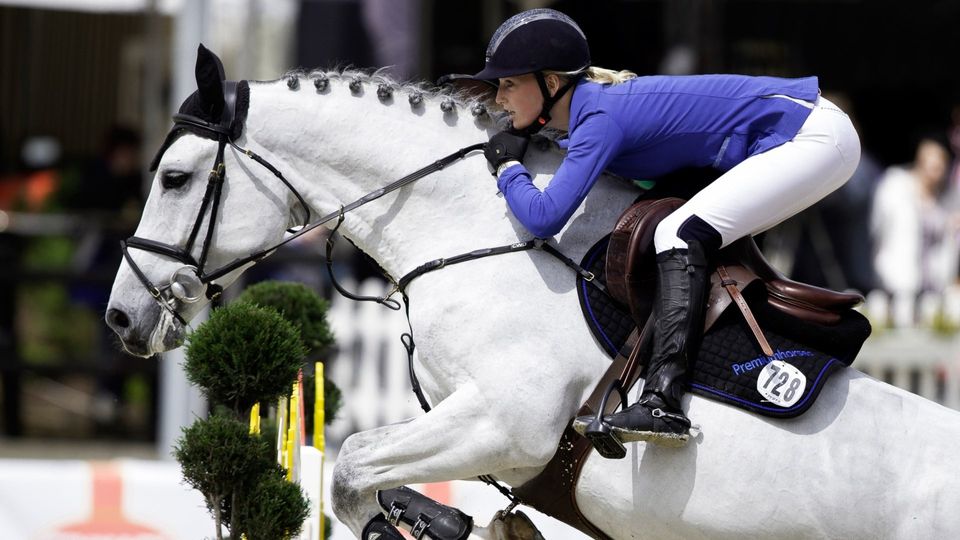A-Level
Year 1 - Skill Acquisition and Sport Psychology

Skill Acquisition and Sport Psychology
Week 1
- Characteristics of skill.
Week 2- Use of skill continua part 1/2
Week 3
- Use of skill continua part 2/2
Week 4
- Justification of skill placement
Week 5 -Transfer of learning
Week 6
- Transfer of learning & impact on skill development
Week 7
- Practice - methods
Week 8
- Practice - types

Week 7 - Knowledge of skill classification informs practice
Week 8 & 9 - Stages of learning & feedback
Week 11 - learning plateau
Week 12 - Cognitive theories
Week 13 - Behaviourism / Social learning / Constructivism
Week 14 - Theories of learning & impact on skill development
Week 15 - Guidance – methods
Week 16 - Feedback – different purposes & types
Week 17 - Impact of feedback & guidance on skill development

Week 18 - Personality – nature v nurture
Week 19 - Hollander / Lewin – interactionist perspective
Week 20 - How knowledge of interactionist perspective improve performance
Week 21 - Attitudes
Week 22 - Arousal
Week 23 - Anxiety
Week 24 - Aggression part 1/2
Week 25 - Aggression part 2/2
Week 26 - Motivation

Week 28 - Social facilitation
Week 29 - Group dynamics - formation
Week 30 - Group dynamics –Cohesion
Week 31 - Group dynamics – Steiner’s model
Week 32 - Group dynamics – Ringelmann & social loafing
Week 33 - Group dynamics – strategies to improve cohesion
Week 34 - Goal setting